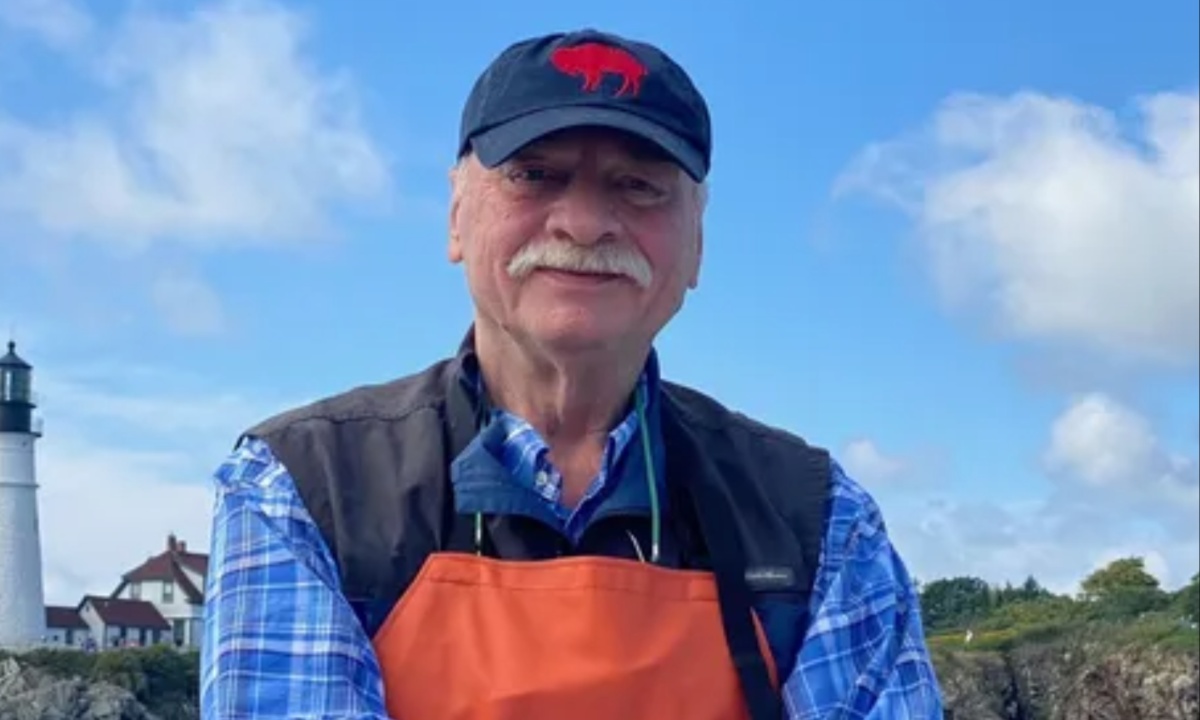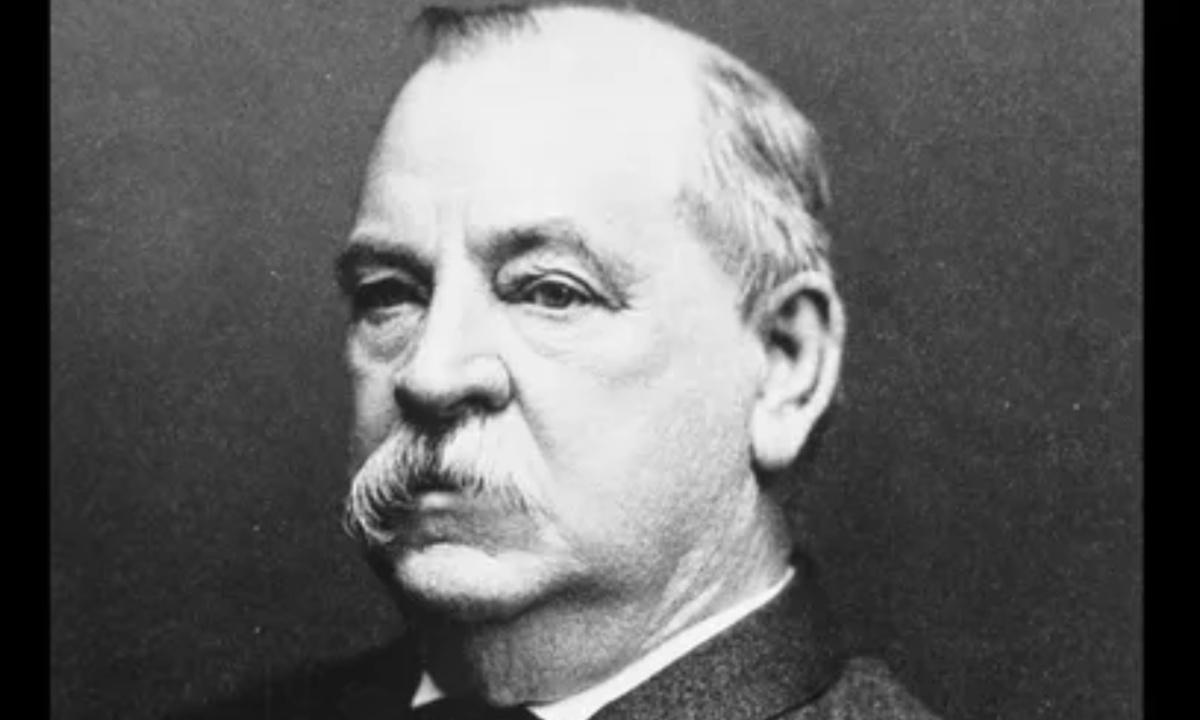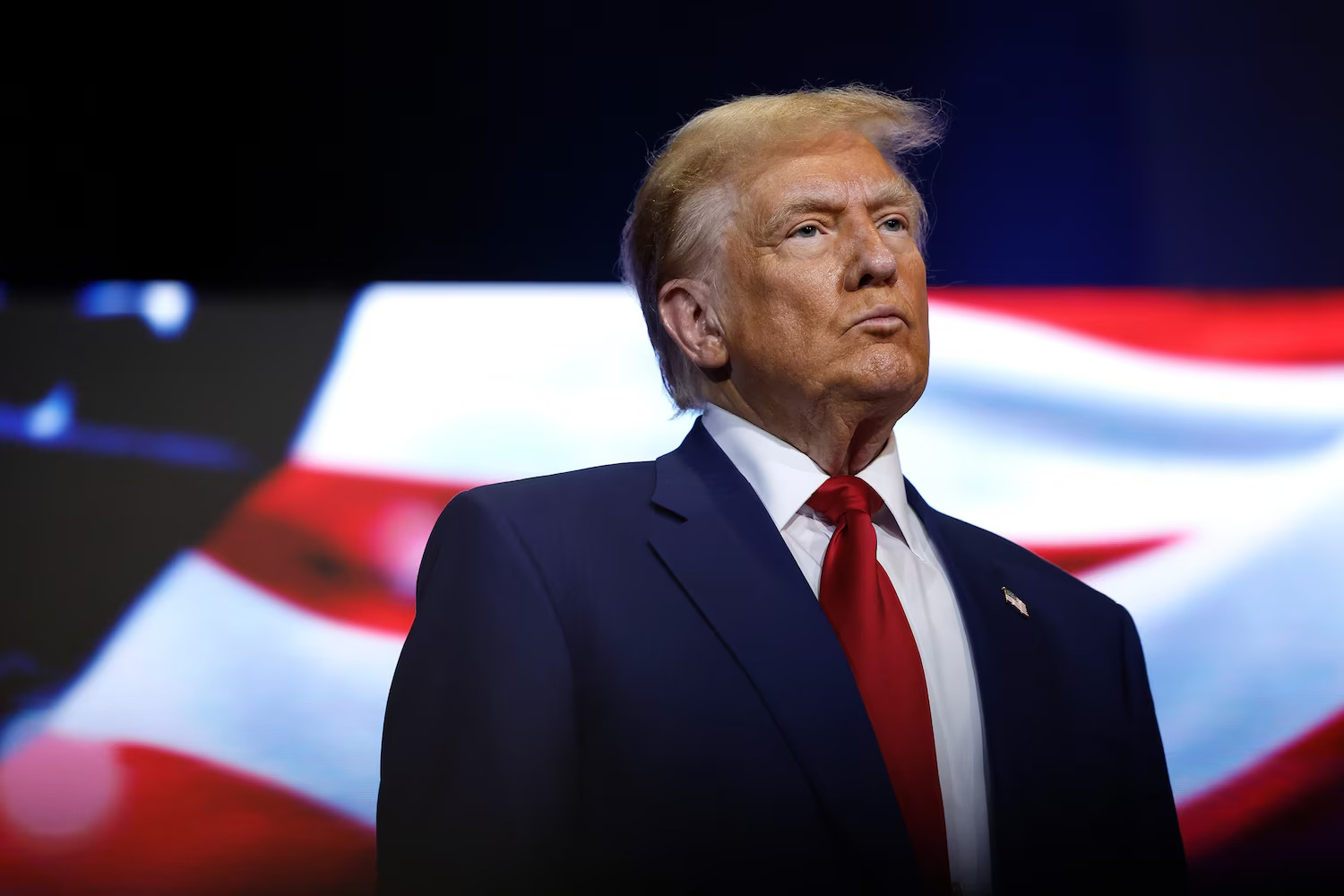Growing up, George Cleveland was always aware of his famous grandfather, Grover Cleveland, through a portrait that hung on the wall of his childhood home in Baltimore. Though George never had the chance to meet his grandfather—Grover Cleveland died long before he was born—the portrait served as a constant reminder of his grandfather’s significant place in American history. Grover Cleveland’s legacy as the only U.S. president to serve two non-consecutive terms left an indelible mark on the family and the country, and it often became a popular trivia question on shows like Jeopardy!, reinforcing the historical significance of the Cleveland name.
Grover Cleveland’s place in U.S. history is firmly rooted in the fact that he is the only president to serve two non-consecutive terms. His first term ran from 1885 to 1889, and after losing his bid for re-election in 1888, he made a successful comeback in 1892, serving a second term from 1893 to 1897. For over 130 years, this unique achievement stood as a record in American presidential history. However, with the upcoming second term of Donald Trump following his defeat by Joe Biden in 2020, history will soon record a second president with non-consecutive terms. This development brings Donald Trump alongside Grover Cleveland in the history books.
George Cleveland, now 72 years old, reflects on his childhood in a family steeped in presidential history. Despite the remarkable legacy of his grandfather, Grover Cleveland, George did not fully appreciate the extent of that history until later in life. As a child, he saw his grandfather as more of a mythical figure than a real person.
Grover Cleveland passed away long before George was born, and the portrait of him in the living room and a few scattered mementos didn’t fully convey the depth of his grandfather’s influence on the nation. However, events like visiting his grandfather’s gravesite in Princeton, New Jersey, where George experienced a ceremonial birthday tribute, helped him realize the magnitude of Grover Cleveland’s legacy.

Early Exposure to Grover Cleveland’s Historical Mementos and Legacy
George Cleveland grew up surrounded by a few mementos from his grandfather’s life, including the portrait in his living room and some old photographs. These items, though limited, provided George with a window into Grover Cleveland’s presidency. One particular photograph features a Christmas tree in the Oval Room, with dolls placed underneath it.
George finds it amusing to look back at the image, noting that by today’s standards, the dolls might seem a bit unsettling. These artifacts of his grandfather’s life gradually piqued George’s curiosity about Grover Cleveland’s time in the White House. As he grew older, George developed a deeper interest in exploring his family’s history and his grandfather’s significant role in shaping the nation.
In the 1990s, George Cleveland began to dive deeper into his grandfather’s legacy, researching his background and even performing historical reenactments. He would dress up in period costumes and impersonate Grover Cleveland, sharing his grandfather’s story with others. This experience allowed George to develop a deeper appreciation for his grandfather’s presidency and understand more about the complexities of his policies and leadership style. His reenactments of Grover Cleveland and other historical figures also helped him connect with the broader historical narrative, offering him a new perspective on the past and a way to honor his grandfather’s memory.
Key Differences Between Grover Cleveland and Donald Trump’s Presidencies
As people began to draw comparisons between Grover Cleveland and Donald Trump due to their shared distinction of non-consecutive terms, George Cleveland was quick to highlight significant differences between the two men. Grover Cleveland, he explains, was a workaholic who was deeply focused on his presidential duties.
He was known for his fiscal conservatism and for being a stickler for appointing qualified individuals, rather than political loyalists, to important positions. In contrast, Donald Trump is known for delegating authority, filling his Cabinet with loyal supporters and business associates rather than experts. While Grover Cleveland made his own decisions and didn’t shy away from difficult tasks, Trump tended to lean on others to handle the details.
George Cleveland also notes that Grover Cleveland was more willing to admit when he was wrong. In contrast, Donald Trump rarely acknowledges mistakes and instead tends to defend his actions. George points out that Grover Cleveland’s leadership style was very different from Trump’s, which is why he sees the two presidents as fundamentally different figures despite their shared presidential distinction.

While Grover Cleveland was admired for many aspects of his presidency, his record is not without controversy. One of the most contentious actions during his first term was his support for the Chinese Exclusion Act, which severely restricted Chinese immigration to the United States. George Cleveland acknowledges that his grandfather’s support of the law was one of the darkest chapters in his presidency.
He believes that Grover Cleveland’s position on the law was misguided and reflects one of the worst decisions in American history. Grover’s opposition to the annexation of Hawaii was also controversial. He supported the return of Hawaii’s overthrown monarchy, viewing the American-backed coup as illegal. George suggests that if his grandfather had lived longer, he might have softened his views on both the Chinese Exclusion Act and the annexation of Hawaii.
As Donald Trump prepares to begin his second term, George Cleveland plans to watch the inauguration from home, although he jokes that internet issues in rural New Hampshire might interfere. He has attended two presidential inaugurations in person—Bill Clinton’s first in 1993 and Barack Obama’s first in 2009—both of which were significant experiences for him. George sees presidential inaugurations as vital events, serving as a “celebratory manifestation of democracy,” where the peaceful transfer of power is symbolized. While the political context surrounding Trump’s second term may differ from his grandfather’s time, George still finds the inauguration a meaningful event to witness.
Despite the historical shift that Trump’s return to the White House will bring, George Cleveland is confident that his grandfather’s place in history remains unchallenged. While Grover Cleveland will no longer hold the title of the only president with non-consecutive terms, George emphasizes that his grandfather’s legacy will always be secure. “Grover is still the first,” he says, asserting that Grover Cleveland’s historical significance cannot be diminished by the arrival of another president with a similar record.
Grover Cleveland’s legacy endures in many ways, including his image on the rare $1,000 bill, a detail that still fascinates George Cleveland. While political records may change over time, George believes that his grandfather’s place in American history is firmly secured. Whether through historical records, personal memories, or the image on the currency, Grover Cleveland’s legacy as a unique figure in American history continues to hold a special place, no matter how history evolves.
